Arturia’s AudioFuse 16Rig is excellent for the modern studios of synth lovers
Could the latest offering in the AudioFuse audio interface series be the ultimate audio interface for synth heads and hybrid mixing?
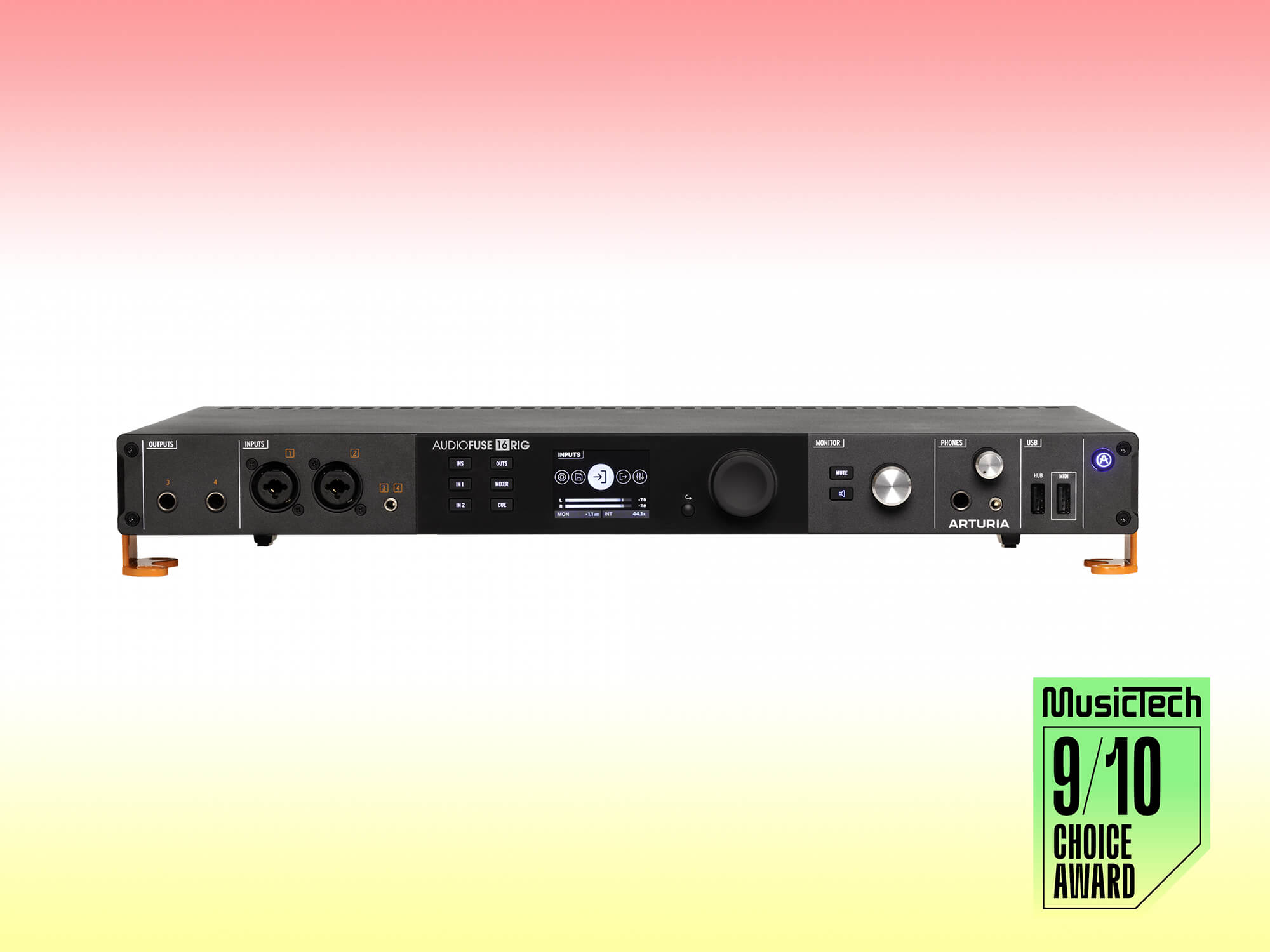
Arturia AudioFuse 16Rig
Review Overview
Our rating
9
Our verdict
⊕ Superb audio quality
⊕ Genuinely useful bundled software
⊕ Front/rear socket switching in the software – no more repatching and back-of-rack diving
⊕ Digitally-recallable settings on all controls and inputs/outputs
⊕ Incredibly handy extras
⊖ A second headphone preamp would’ve been ideal, plus insert points on inputs 1-2
⊖ Meter bank switching on the hardware is clunky
⊖ Loopback isn’t well-documented
£1,159 / €1,299 / $1,499, arturia.com
Better known for its synth products, Arturia launched the AudioFuse interface in 2017, which instantly won fans with its innovative ergonomics, ease of use, and assortment of useful extras. The range has grown to include interfaces with progressively more inputs and outputs — with the desktop format Studio and the rack-mounted 8Pre — and now comes the impressively equipped flagship: the 16Rig.
- READ MORE: SR Studio 1073-style preamp achieves a classic analogue sound at an extremely attractive price
Armed with a dazzling array of inputs, outputs and similarly useful extras, the 16Rig is for home and project studios with lots of external gear to plug in. It easily fends off competing products from the likes of MOTU and RME, but also comes at a reasonable price and is in strong supply. A recipe for sweet success – but how does the new leader of the AudioFuse gang fare in the wild?
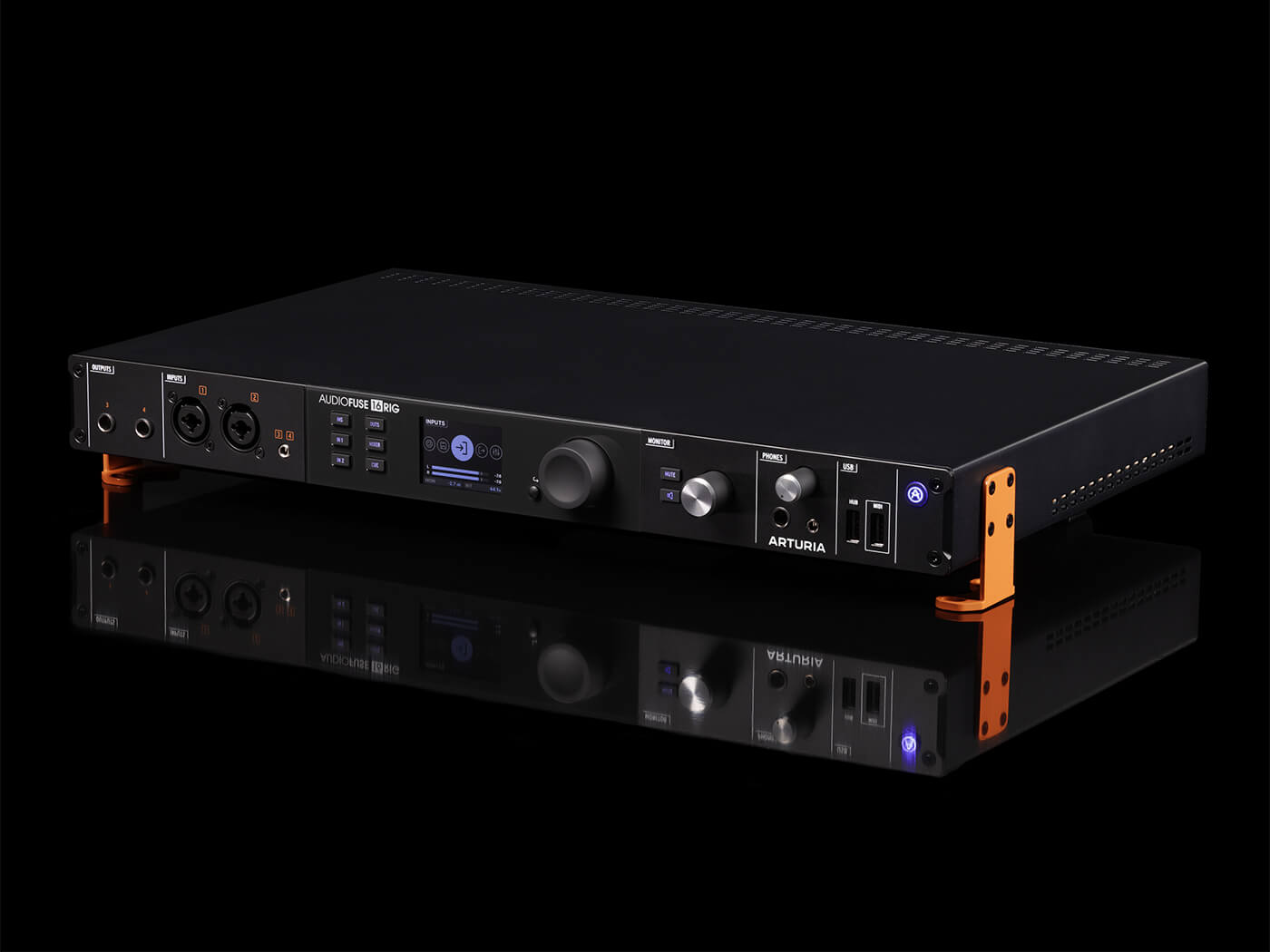
What inputs and outputs does the AudioFuse 16Rig have?
Arturia has many bases covered with I/O, with 16 analogue line ins and 10 line outs. That’s ideal for leaving an array of external synths and drum machines plugged in and ready to go or, in a recording studio, for interfacing with a clutch of external mic preamps and outboard.
Handily, all line connections have digital trim adjustable in 0.1dB steps — perfect when lining up levels with external gear. Two parallel headphone sockets are forced to share the same feed and volume control, but there’s another easy way to set up multiple pairs of headphones — more on that later.
Also on the analogue side — around the front — are a couple of digitally-controlled mic preamps for when you don’t have boutique preamps plugged in. Two alternative TRS jack sockets offer multiple purposes; the most useful being passing an instrument level signal out for re-amping — ideal for sending clean guitar sounds to an amp or sending synths and guitars through a chain of pedals (and subsequently returned to inputs 1 and/or 2 at the front if required since these can be switched to instrument level).
Alternatively, during a tracking session, you can also use the Multi sockets as additional headphone outs. Or, switch them to line level for connecting gear that isn’t usually plugged in without diving to behind the rack. Finally, a stereo minijack input alternates with line ins 3-4, ideal for quickly plugging in mobile devices.
All of these forward-facing sockets alternate with corresponding ins and outs around the back. So, to help ease frustrations in the studio, you can switch between front and rear options without unplugging cables (you can even save presets in the software).
Digital expansion comes via two banks for ADAT ports, offering up to 16 extra ins/outs at sample rates of up to 48kHz. A word clock is provided to keep everything tightly clocked together.
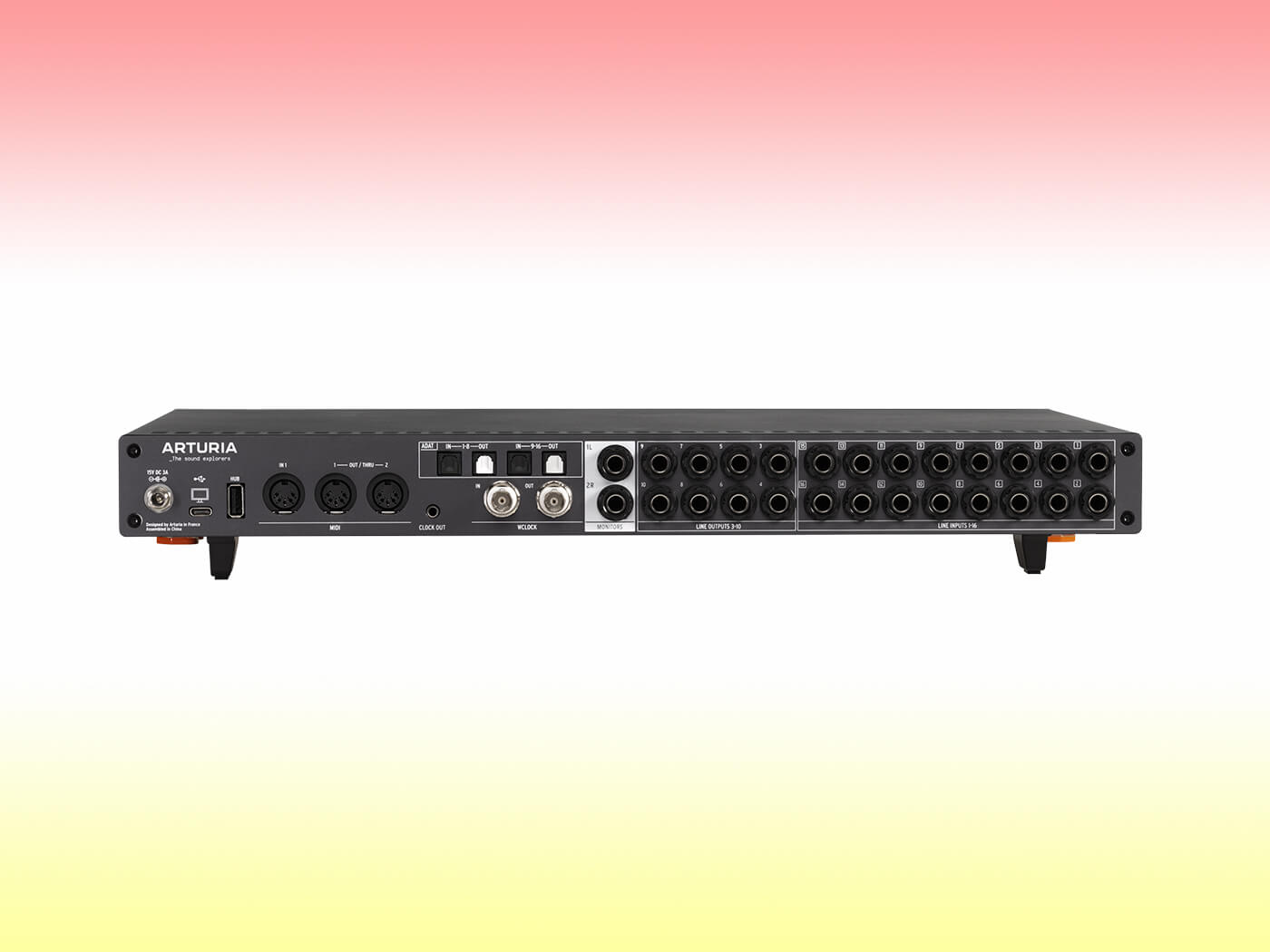
Can you plug MIDI devices into the AudioFuse 16Rig?
AudioFuse 16Rig has a pleasing range of MIDI options. As well as DIN sockets for in, out and thru, you can get your devices hooked up in other convenient ways. This includes a USB MIDI port and, for those analogue rarities, line outs can transmit CV data.
Speaking of USB, there are two extra hub sockets for chaining extra devices. Arturia seems to have thought of everything — all these features truly establish the interface as an all-in-one synth studio solution. Bravo!
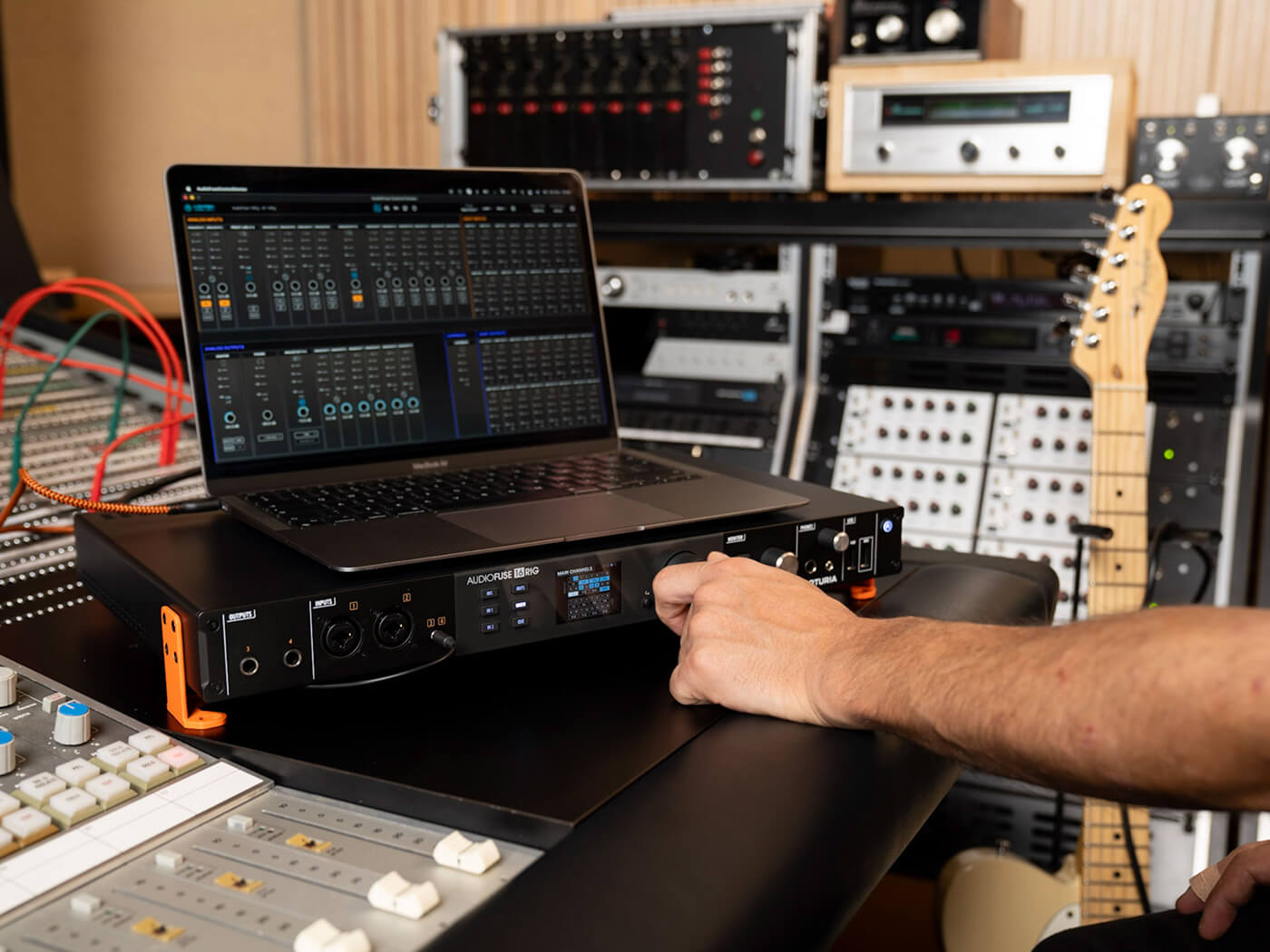
What is the AudioFuse 16Rig like to use?
Getting going is simple. Download the control software and you can access the attractive bundle of the brand’s plugins including a nice Neve-style preamp with EQ, a plate reverb, plus the Analog Lab Intro sound collection.
On the hardware end, we’re suckers for a decent graphical user interface with metering. This one displays input and output banks with a clear screen layout. Preamp controls are also quickly accessed and easy to adjust without recourse to using the software.
But an annoying blip occurs with switching between meter screens; instead of using a quick access button to toggle between banks, you’re forced to scroll through the channels on screen with the rotary encoder until they reach the next bank; we hope the user experience here might be improved in a firmware update.
Setting up line inputs and mixing through analogue gear is a breeze with trim levels and input gain offering fine control and being easily recallable. This is especially flexible when you’re sending the signal through a chain of outboard processors and want to drive the outboard in the analogue domain but bring the signal back to the A/D converters at a sensible level.
The control software offers useful versatility in setting up a headphone mix using either the pre-defined cue mix or via aux sends. There’s a learning curve, but the upside is that you can set up more than one independent alternative mix.
Sadly, the loopback implementation is poorly documented — there’s no easy way of finding out how it works without searching out third-party demos on YouTube.
Monitor controller features — not always present on this type of interface — provide useful alternative speaker switching from any line out pair, dim, plus two physical buttons (mute and a multifunction button switchable between dim, mono and alt speakers). However, there’s no talkback and you can’t assign the monitor dial to multiple pairs of line outs — really limiting if you’re working with a surround setup.
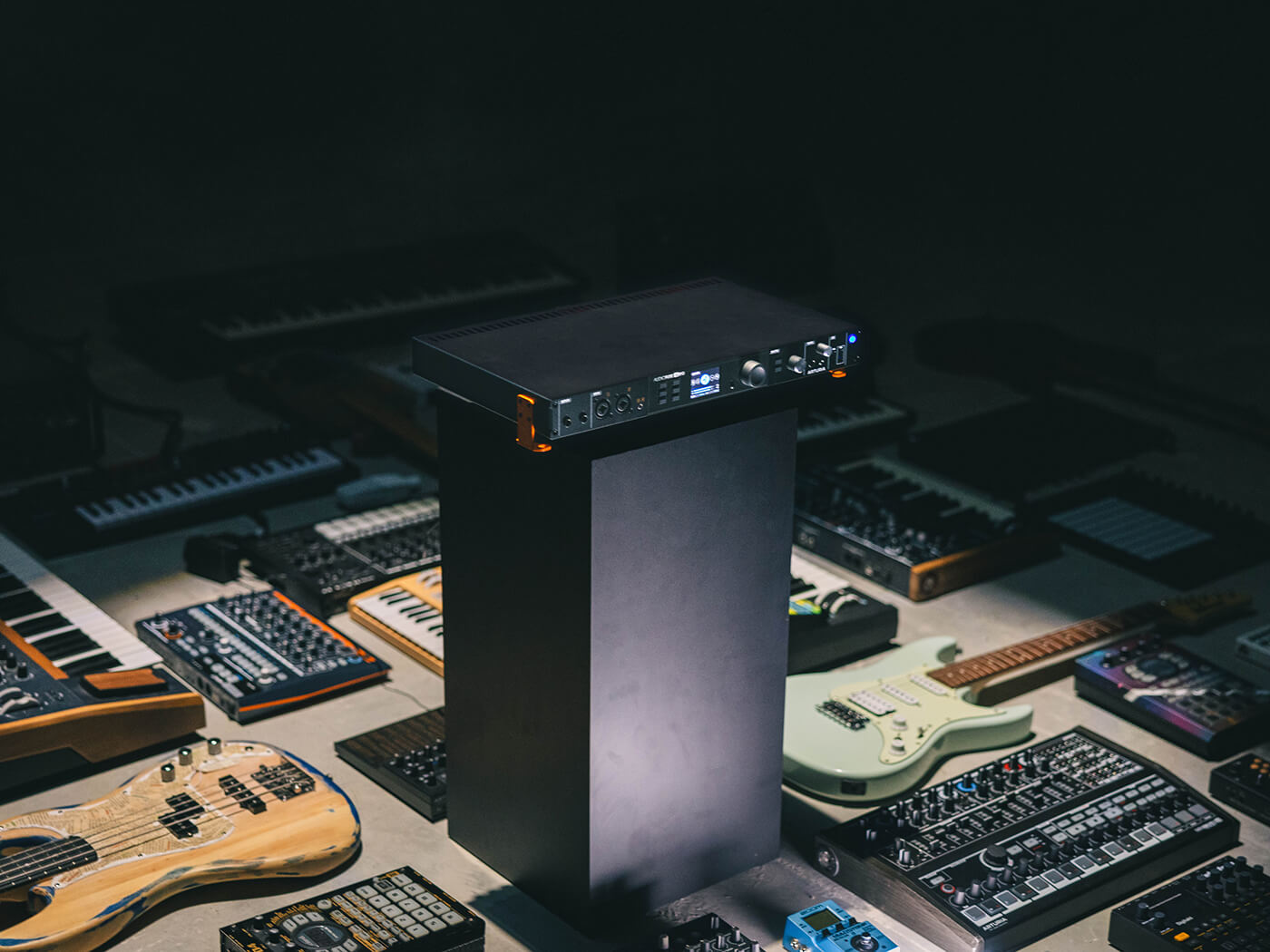
How does the AudioFuse 16Rig sound?
With a mic plugged in, there’s plenty of clean gain with the impression of slightly more high-end detail when compared to our Audient iD44.
16Rig’s converters all measure well in the specs and this manifests itself in noise-free, crystal-clear sound when playing back audio and looping it through outboard gear. Meanwhile, the headphone preamp has loads of level — switchable sensitivity is also a bonus here — so you hear the fine detail of everything you’re tracking.
Core Audio is used on MacOS rather than a proprietary driver, so the interface is not going to compete with RME’s ultra-low latency figures, if it matters to you.
Should you buy the Arturia AudioFuse 16Rig?
Minor grievances aside, Arturia has hit the target perfectly with the AudioFuse 16Rig, and then some. The interface combines a range of analogue ins, outs and ADAT interfacing just as other products do, at a highly competitive price.
But then there’s the array of neat features that truly help seal the deal: a couple of mic preamps, basic monitor controls, multi-outs with re-amp capability as well as an array of MIDI, CV and USB options. Oh, and genuinely useful bundled software, which might find regular use in sessions.
Synth heads and hybrid mixing fanatics will be licking their lips at all this goodness. We predict that many-a patch cable will be dropped in amazement even, and then quickly consigned to the cupboard.
Key features
- USB-C connectivity with two-way USB Hub
- 16 analogue inputs
- 2 mic preamps with digital gain, phantom power and instrument level option
- 10 analogue outputs
- 2 multi-out sockets
- Headphone preamp with parallel 3.5mm/6.3mm sockets
- Dual ADAT ins/outs
- Wordclock in/out (BNC and minijack Clock Out)
- MIDI in/out/thru plus USB MIDI connector
- Basic monitor controls (mute, alternate monitor switching and multi-function button)
- Comes with USB cables, power supply, desktop and rack ears